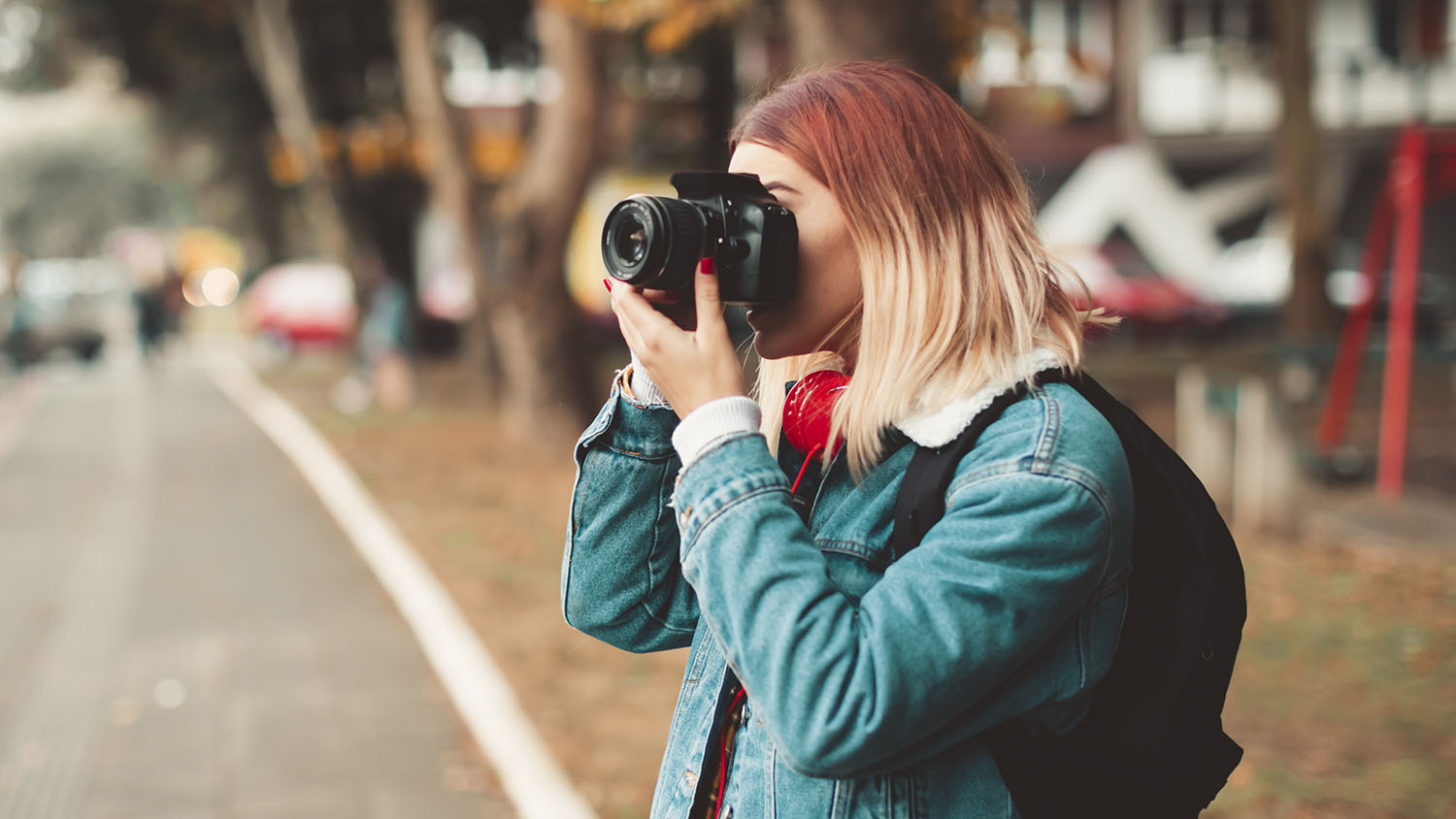Unlocking Photographic Potential: Advanced Post-Processing Techniques for Image Transformation

Mastering the art of post-processing can significantly elevate the quality of your photographs, turning ordinary shots into stunning works of art. Whether you are a beginner or an experienced photographer, learning to edit like a pro can unleash your creativity and enhance your images. In this guide explore some essential post-processing techniques taught in courses of photography that can help you transform your photographs.
Understanding Post-Processing
Photography courses on post-processing, or photo editing, involves enhancing and refining images using software like Adobe Photoshop, Lightroom, or Capture One. It allows photographers to adjust elements such as exposure, colour, contrast, and composition to achieve their desired aesthetic.
Before delving into specific techniques, it’s crucial to understand the importance of maintaining the integrity of your original image. While editing can enhance your photos, over-editing can lead to unnatural results that detract from authenticity. Strive for a balance between improving your pictures and preserving their natural beauty.
Mastering Exposure and Contrast
Exposure refers to the brightness of an image, determined by the amount of light that reaches the camera sensor. Learning how to adjust exposure effectively is essential for achieving well-balanced photographs. In post-processing, you can use tools like exposure sliders to correct underexposed or overexposed areas, ensuring optimal brightness levels throughout your image.
Conversely, contrast refers to the difference in brightness between the lightest and darkest parts of a photo. Adjusting the contrast can add dimension to your images, making them more visually appealing. Experiment with contrast adjustments to find the perfect balance that enhances your photo’s overall impact.
Enhancing Color and Saturation
Colour plays a significant role in evoking emotion and setting the mood in photography. With post-processing tools, you can enhance and manipulate colours to create vibrant, eye-catching images. Adjusting saturation levels can intensify or desaturate colours, allowing you to achieve your photographs’ desired look and feel.
Additionally, selective colour adjustments enable targeting specific hues within an image, giving you greater control over colour correction and enhancement. Experiment with colour grading techniques to add warmth, coolness, or other stylistic effects to your photos.
Refining Composition and Cropping
Composition is the arrangement of elements within a photograph, including framing, perspective, and balance. While composition is primarily established during the photo shoot, post-processing offers opportunities to refine and enhance it. Cropping, for instance, allows you to remove distracting elements and focus on the main subject, improving the overall composition of your image.
In addition to cropping, you can also use tools like perspective correction to straighten lines and adjust the angle of view, correcting distortion and improving the overall visual balance of your photos.
Adding Depth and Dimension with the Shadows and Highlights
Shadows and highlights are crucial in creating depth and dimension in photography. By adjusting shadow and highlight details in post-processing, one can enhance the three-dimensional quality of your images, making them appear more lifelike and dynamic.
Tools like shadow and highlight adjustments enable you to fine-tune the tonal range of your photos, bringing out subtle details in shadowed areas and preventing highlights from being overexposed. By carefully balancing shadows and highlights, you can create rich images of texture and contrast.
Applying Creative Filters and Effects
Creative filters and effects offer endless possibilities for artistic expression in photography. From vintage-inspired looks to surreal manipulations, post-processing allows you to experiment with various styles and aesthetics, transforming your images into unique visual creations.
Widespread creative effects include vintage film emulation, black-and-white conversion, and artistic filters like oil painting or watercolour. These effects can add depth, mood, and storytelling elements to your photographs, elevating them from ordinary snapshots to captivating works of art.
Harnessing the Power of Storytelling
At its core, photography is about storytelling. Photography courses teach students how to use visual elements to convey narratives, whether capturing the essence of a place or documenting the human experience. By mastering the art of storytelling through imagery, photographers can create powerful and resonant photographs that leave a lasting impact on viewers.
Exploring Cultural Perspectives
Photography courses often emphasise the importance of understanding cultural contexts and perspectives. Through assignments and discussions, students learn to appreciate the diversity of human experiences and gain insights into different artistic practices and traditions. This cross-cultural understanding enriches their photography and fosters empathy and appreciation for the world around them.
Pushing Creative Boundaries
Photography courses encourage experimentation and risk-taking, pushing students to explore new techniques and styles. Whether through unconventional compositions or avant-garde editing methods, these courses inspire photographers to break free from traditional norms and push the boundaries of their creativity. By embracing innovation and failure as part of the learning process, photographers can discover new ways of seeing and expressing themselves through their work.
Mastering post-processing techniques is essential for photographers looking to enhance images and unleash their creative potential. By understanding the principles of exposure, colour, composition, and depth, you can effectively transform your photos into stunning visual masterpieces. You can refine your editing skills and take your photography to new heights through practice, experimentation, and continued learning from photography courses.







